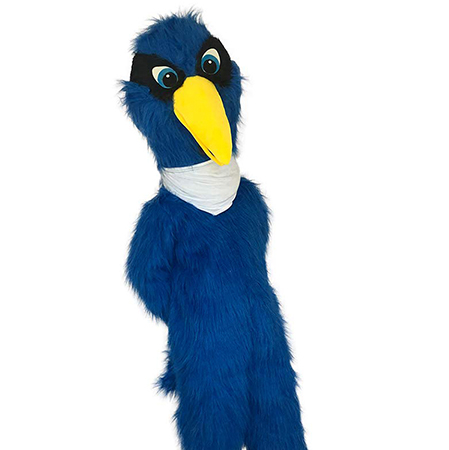Wearing a mascot costume, especially one as majestic and symbolic as a lion, comes with its own set of responsibilities and guidelines to ensure safety, professionalism, and the overall success of the event or organization. Here are some essential rules and regulations for donning and wearing a lion mascot costume.
Understanding the Costume’s Significance
A mascot is more than just a costume; it represents the spirit of a team, organization, or brand. For a lion mascot, embodying traits like strength, courage, and leadership is crucial. It’s important to internalize these qualities while wearing the costume to effectively engage with audiences, whether at sports events, promotional activities, or community gatherings.
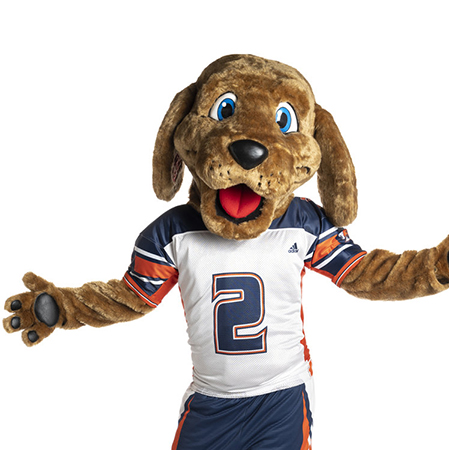
Proper Fit and Comfort
Before stepping into a mascot costume, ensure it fits you properly. A well-fitted costume allows for better mobility and comfort, which is essential during prolonged periods of wear. Make sure the headpiece does not obstruct vision, and that there is adequate ventilation to prevent overheating. Performers should be trained on how to safely put on and take off the costume to avoid any injuries.
Hygiene and Maintenance
Maintaining hygiene is paramount when wearing a mascot costume. The performer should shower before each use of the costume and wear clean undergarments. Post-event, the costume should be cleaned according to the manufacturer’s guidelines to keep it fresh and free of odors for the next performance. Regular maintenance checks for any wear and tear are also vital to ensure the longevity of the costume.
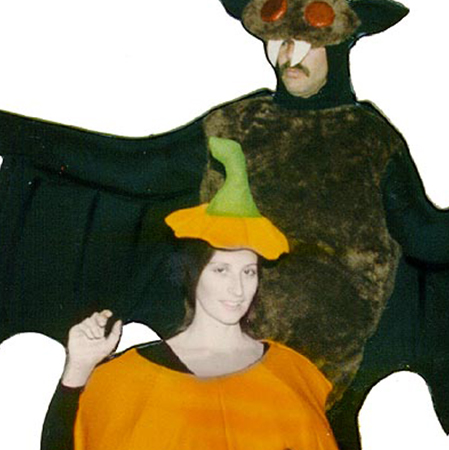
Physical Safety Precautions
Safety should be the top priority for anyone wearing a lion mascot costume. Ensure that visibility is sufficient through the eye slits of the mask. Avoid performing in environments where the costume could get caught on sharp objects or in confined spaces. Additionally, practice safe movement techniques to prevent tripping or falling, which can be particularly hazardous due to the cumbersome nature of mascot costumes.
Engaging with Audiences
Engaging with audiences is one of the primary roles of a mascot. Approach interactions with enthusiasm and friendliness, making sure to maintain appropriate physical distance. Use exaggerated gestures and expressions within the constraints of the costume to convey emotions effectively. Remember that children often feel more comfortable around larger-than-life characters, so be approachable and gentle in your actions.
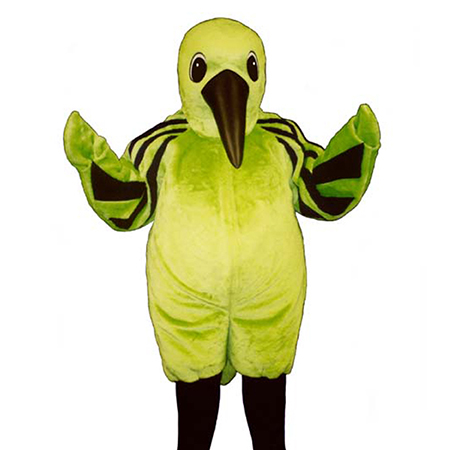
Respecting Personal Space
While interacting with fans, respect personal space boundaries. Not everyone may be comfortable with close contact, and it’s important to recognize and respect those boundaries. Avoid making sudden movements or loud noises that could startle or frighten children and adults alike. Always be mindful of your surroundings and the people within them.
Adhering to Organizational Guidelines
If representing an organization or sports team, strictly adhere to their specific guidelines regarding behavior, appearance, and interaction protocols. Each organization may have unique requirements to uphold their brand image and values, and it’s crucial to comply with them to represent them faithfully and professionally.
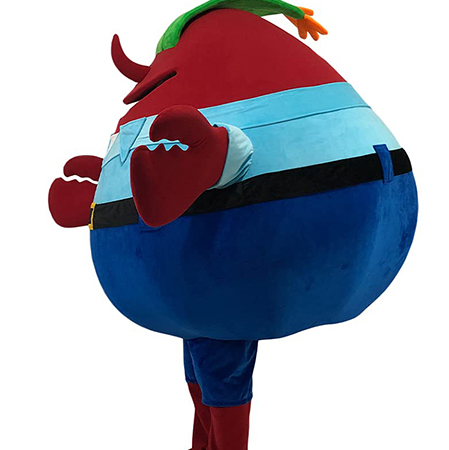
Handling Unforeseen Situations
Unforeseen situations can arise during events. Be prepared to handle unexpected scenarios calmly and efficiently. This includes dealing with technical difficulties, such as minor costume malfunctions, and managing crowd control if needed. Having a plan in place and being trained in basic first aid can be incredibly beneficial.
Professionalism and Consistency
Consistency in behavior and demeanor is key to being an effective mascot. Maintain a consistent character throughout the event, regardless of external factors. Professionalism extends beyond the costume; it involves timely arrivals, adhering to scripts or routines, and representing the organization or event positively at all times.

Off-stage Conduct
When not in costume, mascot performers should still act in a manner that reflects well on the character they portray. Public figures, even anonymous ones in costumes, bear responsibility for their conduct. Avoid engaging in behavior that could bring negativity to the mascot persona or the organization it represents.
Final Thoughts
Wearing a lion mascot costume is a significant privilege and responsibility. It requires dedication, professionalism, and an understanding of the profound impact such a symbol can have on people. By following these rules and regulations, performers can ensure that their portrayal of the majestic lion brings joy, inspiration, and positive memories to everyone it encounters.
